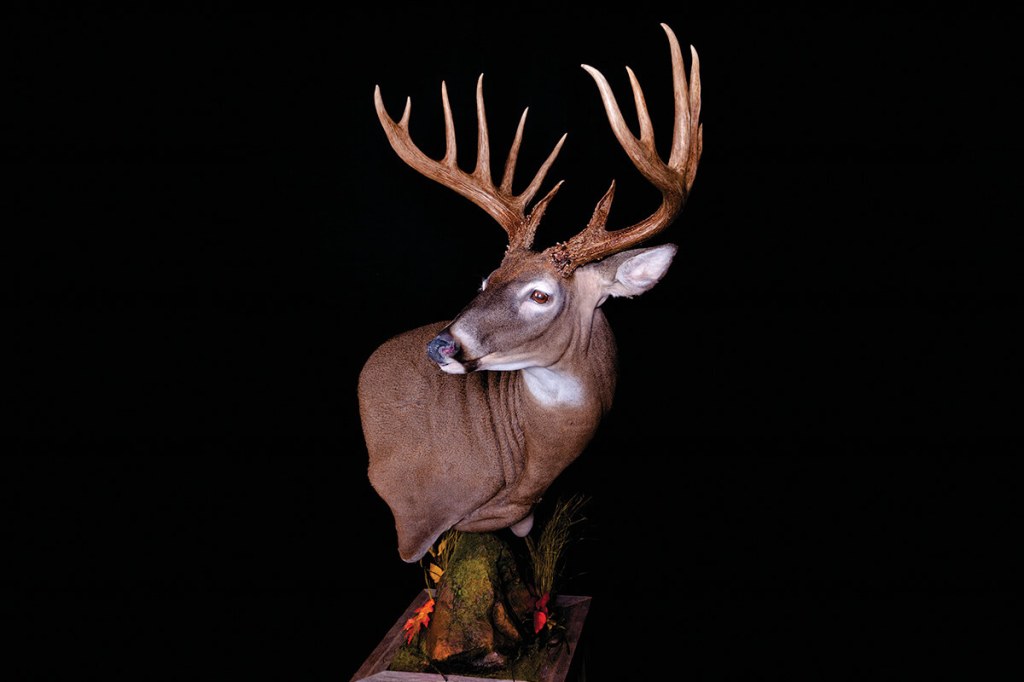Unveiling The Magnificent Ky State Record Deer: Typical And Non-Typical – Witness The Extraordinary And Take Action Now!
KY State Record Deer Typical and Non-Typical
Greetings, Record Enthusiast!
Are you ready to dive into the world of KY State Record Deer? In this article, we will explore everything you need to know about both typical and non-typical deer records in Kentucky. From the who, what, when, where, why, and how, we’ve got you covered. So, let’s get started!
2 Picture Gallery: Unveiling The Magnificent Ky State Record Deer: Typical And Non-Typical – Witness The Extraordinary And Take Action Now!
What are KY State Record Deer?
🦌 The KY State Record Deer refer to the largest deer ever documented in the state of Kentucky. These records are a testament to the incredible wildlife found within the borders of the Bluegrass State. Both typical and non-typical deer are recognized and celebrated for their extraordinary size and antler configurations.
Typical deer are those that have symmetrical antlers, while non-typical deer have irregular or unique antler formations. These records are established based on the measurements of the deer’s antlers, including the length and spread of the main beams, number of points, and other specific criteria.
Who Sets the Records?

Image Source: osgnetworks.tv
🏆 The Kentucky Department of Fish and Wildlife Resources is responsible for maintaining and verifying the state records for deer. They carefully review and analyze the measurements provided by hunters and make official determinations on the records. It’s a rigorous process that ensures accuracy and authenticity.
When Were the Records Established?
📅 The establishment of the KY State Record Deer records dates back several decades. The recognition and documentation of these records began in the mid-1980s and have been an ongoing tradition ever since. As better measurement techniques and technology have emerged, the accuracy and reliability of these records have improved over time.
Where Can You Find These Deer?
📍 KY State Record Deer can be found throughout the state of Kentucky, thanks to the diverse habitats and expansive wilderness areas. From the Appalachian Mountains to the rolling hills of the Bluegrass region, deer thrive in a variety of environments. Hunters and wildlife enthusiasts flock to these areas in search of the next record-breaking deer.
Why Are These Records Significant?
👍 The KY State Record Deer records hold great significance for hunters, wildlife enthusiasts, and conservationists alike. They provide a benchmark for the quality and health of the deer population in Kentucky. By monitoring and celebrating these records, the state can better understand the impact of hunting regulations, habitat management, and overall conservation efforts.
How Can You Measure a Record Deer?

Image Source: outdoorlife.com
📏 Measuring a record deer involves careful precision and adherence to specific guidelines. The Boone and Crockett Club’s scoring system, known as the typical and non-typical method, is commonly used to measure deer antlers. This system takes into account various measurements, such as the length of tines, circumferences, beam lengths, and spreads. By following these standardized procedures, accurate comparisons can be made between different deer specimens.
Advantages and Disadvantages of KY State Record Deer
Advantages:
1. Conservation Awareness: The records promote awareness and appreciation for Kentucky’s wildlife, leading to increased conservation efforts.
2. Hunting Opportunities: The pursuit of record deer motivates hunters to explore the diverse hunting grounds in the state.
3. Economic Impact: The popularity of record deer hunting brings in revenue through hunting licenses, equipment sales, and tourism.
4. Scientific Research: The data collected from record deer contributes to scientific studies on genetics, habitat, and wildlife management.
5. Trophy Hunting Tradition: The records uphold the tradition of trophy hunting and recognition of hunters’ achievements.
Disadvantages:
1. Overemphasis on Size: The focus on record-breaking deer may overshadow the importance of hunting for sustenance and population management.
2. Pressure on Deer Population: The pursuit of record deer may lead to increased hunting pressure, potentially impacting the stability of the deer population.
3. Exclusionary Nature: Not all hunters may have the resources or opportunities to pursue record deer, creating a perception of exclusivity.
4. Ethical Concerns: Some argue that the intense pursuit of large trophy deer goes against the principles of fair chase hunting and wildlife conservation.
5. Misrepresentation of Trophy Quality: Relying solely on antler size may not accurately reflect the overall health and quality of a deer as a trophy animal.
Frequently Asked Questions (FAQs)
Q1: Can a hunter set multiple Kentucky State Record Deer?
A1: Yes, hunters can set multiple records if they are able to harvest deer that surpass the current records in either the typical or non-typical categories.
Q2: Are there different records for different deer species in Kentucky?
A2: Yes, separate records are maintained for different deer species, including white-tailed deer and mule deer.
Q3: How often are the KY State Record Deer records updated?
A3: The records are updated periodically as new entries are submitted and verified by the Kentucky Department of Fish and Wildlife Resources.
Q4: Can a hunter receive monetary compensation for setting a record?
A4: While there is no direct monetary compensation for setting a record, the achievement brings recognition and prestige within the hunting community.
Q5: What should hunters do if they believe they have harvested a record deer?
A5: Hunters should follow the guidelines provided by the Kentucky Department of Fish and Wildlife Resources for measuring and submitting potential record deer entries.
Conclusion
In conclusion, KY State Record Deer, both typical and non-typical, represent the pinnacle of deer hunting achievements in Kentucky. These records serve as a testament to the remarkable wildlife found in the state and contribute to conservation efforts. While there are advantages and disadvantages associated with pursuing record deer, the overall impact on hunting, conservation, and scientific research is undeniable. So, whether you’re an aspiring record hunter or simply an admirer of these majestic creatures, the KY State Record Deer will continue to captivate and inspire for years to come.
Thank you for joining us on this exploration of KY State Record Deer!
Happy hunting and conservation!
Disclaimer: The information provided in this article is for general informational purposes only. We make no representations or warranties of any kind, express or implied, about the completeness, accuracy, reliability, or suitability of the information contained herein. Any reliance you place on such information is strictly at your own risk.
This post topic: Record



